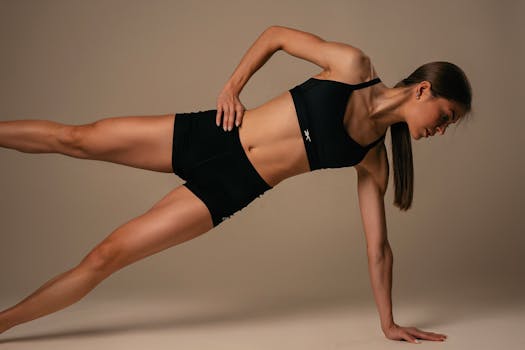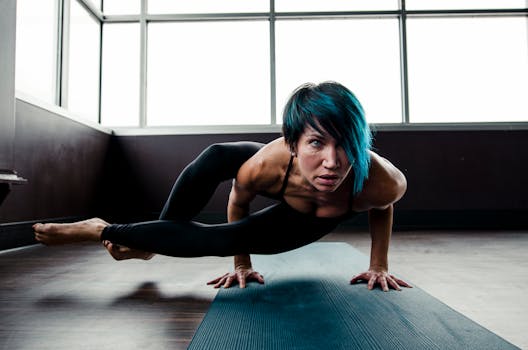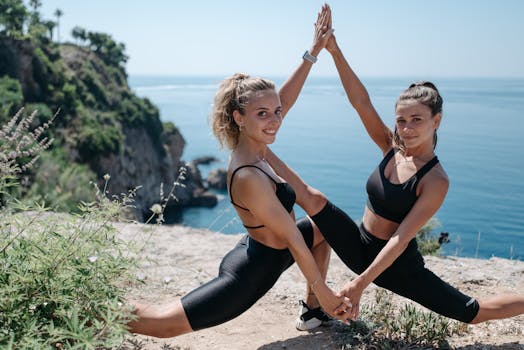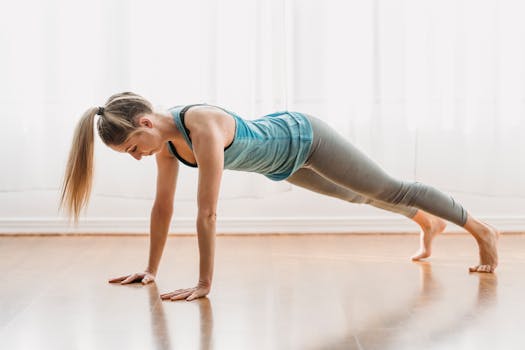
Power Yoga: The Perfect Balance of Strength and Flexibility
Takeaways: Power Yoga is a dynamic form of yoga that enhances both strength and flexibility. It provides a full-body workout, improves cardiovascular health, and promotes mental clarity. Whether you are a beginner or an experienced yogi, incorporating Power Yoga into your fitness routine can lead to significant health benefits.
Power Yoga is more than just a trend; it’s a powerful practice that combines the principles of strength training with the flexibility of traditional yoga. This dynamic and athletic style of yoga is suitable for everyone, regardless of age or fitness level. In this article, we will explore the essence of Power Yoga, its benefits, techniques, and tips to help you integrate it into your routine.
What is Power Yoga?

This style of yoga is often practiced in a heated environment, which helps to increase flexibility and detoxify the body through sweating. However, it can also be practiced in a regular environment, making it accessible to everyone. Yoga Journal provides an excellent overview of the differences between Power Yoga and other yoga styles.
Benefits of Power Yoga

- Enhanced Strength: Power Yoga focuses on building muscle strength through various poses that engage multiple muscle groups. This leads to improved overall strength and endurance.
- Increased Flexibility: Regular practice of Power Yoga helps to improve flexibility and range of motion, reducing the risk of injury.
- Better Posture: The emphasis on alignment and core strength in Power Yoga can lead to better posture and spinal health.
- Stress Relief: Like all forms of yoga, Power Yoga promotes relaxation and stress reduction through deep breathing and mindfulness.
- Cardiovascular Health: The dynamic sequences in Power Yoga can elevate your heart rate, providing a cardiovascular workout that improves heart health.
To learn more about the health benefits of yoga, visit Healthline.
Power Yoga Techniques and Poses

- Warrior Pose (Virabhadrasana): This pose builds strength in the legs and core while promoting balance and endurance.
- Plank Pose: A fundamental pose that engages the entire body, especially the core and arms.
- Cobra Pose (Bhujangasana): Enhances spinal flexibility and strengthens the back muscles.
- Downward Facing Dog (Adho Mukha Svanasana): A rejuvenating pose that stretches the back and legs while building strength.
- Boat Pose (Navasana): Focuses on core strength and stability.
For a detailed guide on Power Yoga poses, check out Verywell Fit.
Incorporating Power Yoga into Your Routine

- Start Slowly: If you are new to Power Yoga, begin with beginner classes to learn the fundamentals before progressing to more advanced sessions.
- Consistency is Key: Aim to practice Power Yoga at least 2-3 times a week to see significant improvements in strength and flexibility.
- Listen to Your Body: Pay attention to your body’s limits and avoid pushing yourself into pain.
- Stay Hydrated: Drink plenty of water before and after your practice, especially if you are attending heated classes.
- Find a Community: Joining a Power Yoga class can provide motivation and support from fellow practitioners.
Many studios offer classes that focus on Power Yoga; check out ClassPass to find a class near you.
Conclusion







